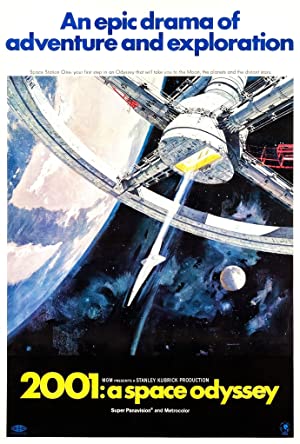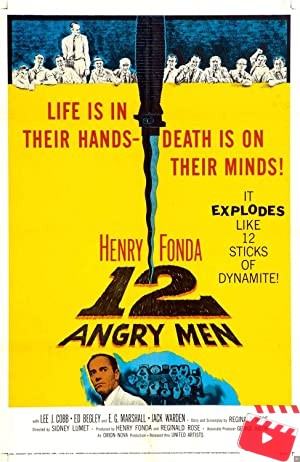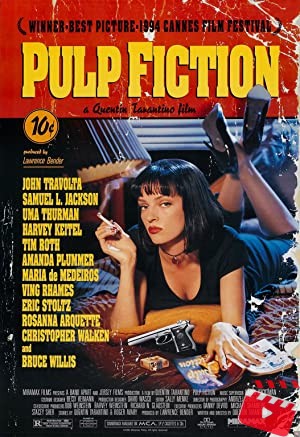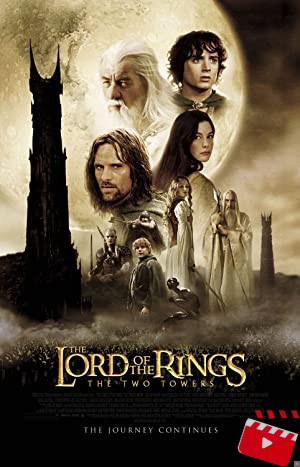
If you’re into science fiction movies, then 2001: A Space Odyssey is definitely one you should check out. This movie may have been made in 1968, but it still holds up as a visually stunning and thought-provoking film.
The first thing that struck me about this movie was the stunning visuals. Director Stanley Kubrick‘s attention to detail and use of practical effects and miniatures make the space scenes feel almost real. The movie’s use of color and light also adds to the beauty of many scenes, making for a truly immersive experience.
But beyond just being visually appealing, this movie is also deeply thought-provoking. It raises questions about the nature of humanity, the role of technology in our lives, and what it means to explore and discover the unknown. The movie’s slow pacing allows the viewer to really meditate on these big ideas, making it a film that will stick with you long after it’s over.
Now, I will say that this movie might not be for everyone. The slow pacing that allows for deep reflection might be too much for those who prefer more action-packed fare. Also, the film’s ambiguous ending might leave some viewers frustrated. But for those who appreciate a slower, more contemplative approach to science fiction, 2001: A Space Odyssey is a must-see.
Overall, I highly recommend 2001: A Space Odyssey to anyone who loves science fiction and wants to experience a movie that truly explores the big questions of the universe. It’s a visually stunning and thought-provoking film that is sure to stay with you long after the credits roll.
Lesson about 2001: A Space Odyssey
Lessons we can take from the movie 2001: A Space Odyssey 1968 include the dangers of technology and the potential for human evolution.
The Best of 2001: A Space Odyssey
- 1. Trailblazing Visual Effects: One of the key features of 2001: A Space Odyssey is its breathtaking and innovative visual effects. The film’s depiction of space travel and interstellar landscapes was unprecedented for its time, and it paved the way for many other sci-fi films that followed. Stanley Kubrick and his team used a combination of practical effects and new techniques like front projection and slit-scan photography to bring the film’s futuristic world to life.
- 2. Engaging Storytelling: Despite its complex and somewhat enigmatic plot, 2001: A Space Odyssey remains a captivating film. The movie’s exploration of human evolution, artificial intelligence, and the mysteries of the universe offers plenty of food for thought, and can keep viewers engaged and intrigued throughout its lengthy runtime. Kubrick’s attention to detail and eye for storytelling also helps to create a sense of realism and immersion that draws viewers in.
- 3. Iconic Musical Score: The movie’s use of music is another standout feature. The film’s haunting, choral soundtrack composed by György Ligeti creates a sense of eerie otherworldliness, while the iconic usage of Richard Strauss’s “Also sprach Zarathustra” during the film’s opening sequence has become one of the most recognizable pieces of music in cinema history. The music and sound design of 2001: A Space Odyssey play a significant role in shaping the film’s atmosphere and adding to its overall impact.
Week points of 2001: A Space Odyssey
- 1. The slow pacing: The movie is known to have a slow and deliberate pace, which may not be appealing to all viewers, especially those looking for a fast-paced action movie. Some scenes, such as the lengthy shots of spaceships floating through space, may feel tedious and mundane.
- 2. The lack of clear explanation: The movie’s ambiguous and abstract storytelling style may leave some viewers feeling confused and unfulfilled. The movie does not provide a clear explanation of the plot or the characters’ motivations, which can be frustrating for those looking for a more straightforward narrative.
- 3. The outdated special effects: While the movie’s special effects were groundbreaking at the time of its release, they may appear dated and unimpressive to modern audiences. The scenes involving the artificial intelligence character HAL 9000, for example, do not have the same level of realism as more recent films with advanced CGI technology.
Technical details of 2001: A Space Odyssey
| Title | 2001: A Space Odyssey |
|---|---|
| Year | 1968 |
| Rated | G |
| Released | 24 Jun 1970 |
| Runtime | 149 min |
| Genre | Adventure, Sci-Fi |
| Director | Stanley Kubrick |
| Writer | Stanley Kubrick, Arthur C. Clarke |
| Actors | Keir Dullea, Gary Lockwood, William Sylvester |
| Plot | "2001" is a story of evolution. Sometime in the distant past, someone or something nudged evolution by placing a monolith on Earth (presumably elsewhere throughout the universe as well). Evolution then enabled humankind to reach the moon's surface, where yet another monolith is found, one that signals the monolith placers that humankind has evolved that far. Now a race begins between computers (HAL) and human (Bowman) to reach the monolith placers. The winner will achieve the next step in evolution, whatever that may be. |
| Country | United Kingdom, United States |
| Awards | Won 1 Oscar. 17 wins & 12 nominations total |










